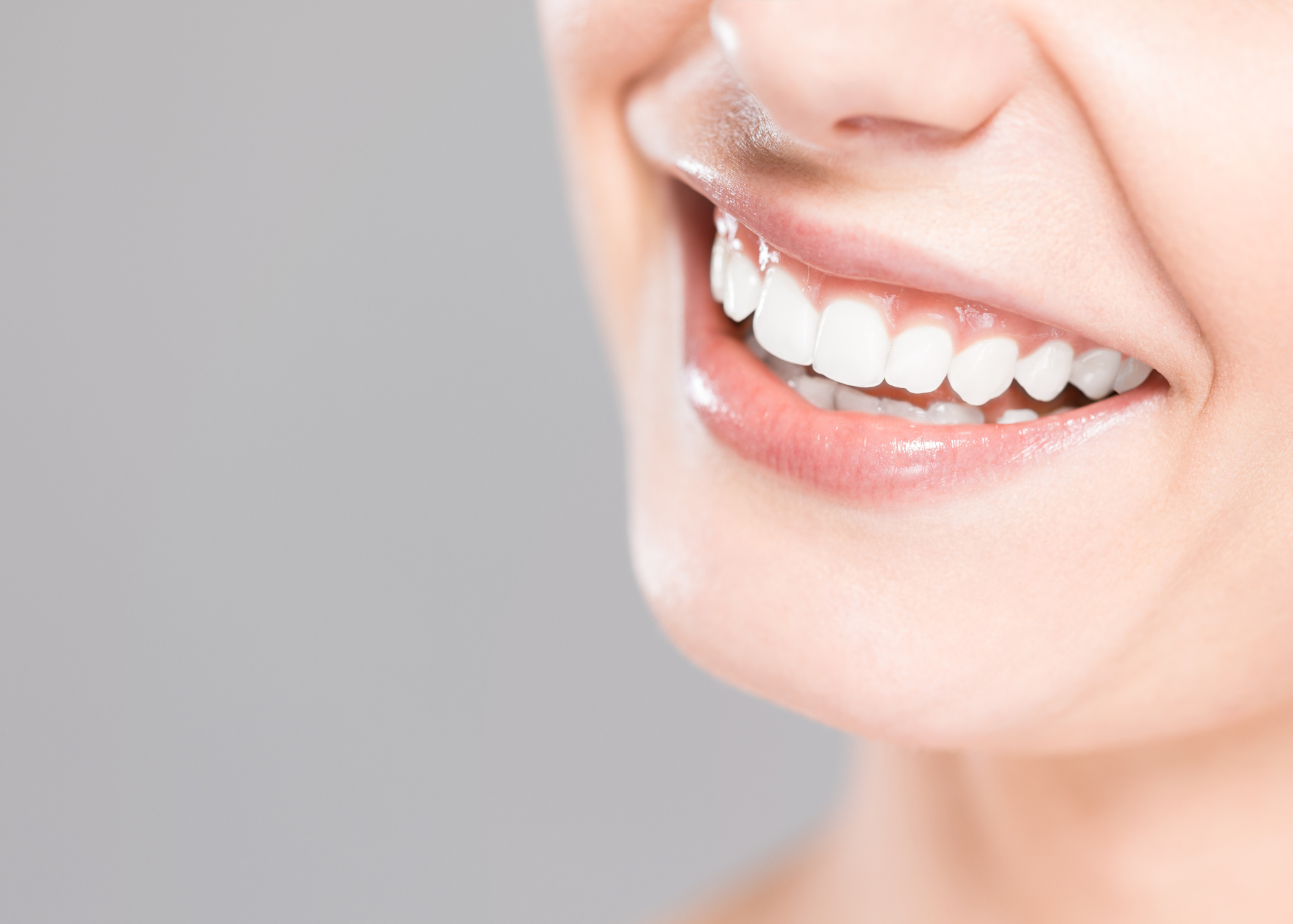
Gum Disease (Part 1): The Link Between Gum Disease and Other Health Problems in Men and Women
January 22, 2021
5 Facts About Modern Orthodontics for Teens and Adults
February 5, 2021Gum Disease (Part 2): How to Reduce Your Risk of Periodontal Disease
Now that you know more about gum disease (if you don’t know what we’re referring to, see last week’s blog!), we assume you want to know how to avoid it. In addition to the numerous overall health issues linked to gum disease, patients also experience the following oral health symptoms:
- Red, puffy gums
- Bleeding gums
- Receding gums
- Dental sensitivity
- Persistent bad breath
Here are five ways to significantly reduce your risk of gum disease:
1. Create an effective oral hygiene routine.
Most of us brush our teeth twice a day and occasionally floss when something feels stuck between our teeth. Unfortunately, this isn’t enough to keep gum disease away. To achieve this, intentionality is key.
Keep these things in mind when creating your oral hygiene routine:
- Fluoridated toothpaste helps strengthen dental enamel
- Brushing only cleans 70% of your teeth
- Flossing cleans the other 30%
- Talk to your dentist about the most effective over-the-counter mouthwashes
- Brush for two minutes, twice a day
- Electric toothbrushes are more effective at cleaning teeth
2. Be consistent.
Once you’ve created the optimal oral hygiene routine, stick with it! We understand that brushing and flossing in the evening feel like a lot of effort after a long day of work, but it will certainly save you time and money in the long run.
3. Eat the right foods.
Did you know that certain foods benefit your teeth and gums? Fruits and veggies are especially important because the vitamins and minerals inside them help fight against disease-causing bacteria and cell damage. The most advantageous fruits and vegetables are oranges, green peppers, red peppers, broccoli, leafy greens, and strawberries because they contain high levels of Vitamin C.
Another way to defend your teeth and gums against decay and gum disease is to drink more milk and eat more calcium-rich foods. We recommend one or two glasses of milk per day. Here are some snacks that contain calcium:
- Almonds
- Yogurt
- String cheese
- Apples and almond butter
- Scrambled eggs with cheese
- Fortified orange juice
- Cottage cheese
4. Quit bad habits.
Smoking and chewing tobacco are two of the worst habits for oral health. If you’re reading this, we encourage you to quit as soon as possible. We know, this is much easier said than done, but we believe you have the strength to quit! Here are some of our most helpful tips:
- Recognize what triggers the habit. Is it stress or boredom? Find new ways to focus your energy.
- Make a list of reasons why you want to quit. The list may include better oral health, better overall health, more time with family, etc.
- Slowly reduce your nicotine intake. Some people do this by smoking fewer cigarettes per day while others use nicotine gum, patches, or pouches.
- Get rid of anything that you use to smoke. This includes lighters and ashtrays.
Nail biting, chewing ice, and eating too much candy are other habits that compromise oral health.
5. Visit the dentist every six months.
Most dental professionals encourage patients to visit every six months for a dental cleaning and exam. Depending on the patient’s oral health, the dentist may recommend more frequent visits. These appointments include a thorough cleaning to reach those areas of the mouth that most patients can’t and an exam to ensure no oral health problems have gone unnoticed.
Schedule an Appointment Today
Ready to get your oral health on track? Start with a clean slate! Contact our Grant Park dental practice today at (404) 328-7177 to schedule an appointment with Dr. Abbey J. Lee.


